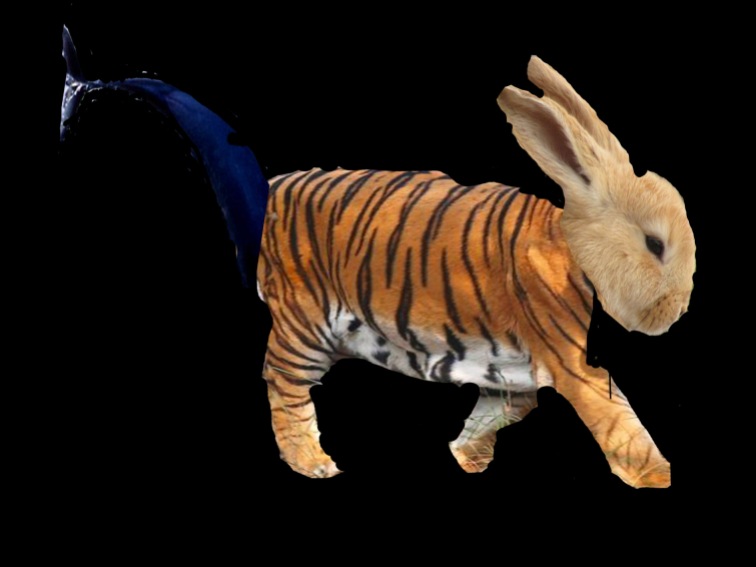Who doesn’t love a comic book? Maybe I should rephrase . . . What kid doesn’t love a comic book? Well, the answer is probably a fair few, so let’s try one more time. What kid doesn’t love creating a comic book? Ah, now the answer is much higher. Probably most kids, I would think. Judging by my students, there was a lot of fun to be had in this project. I also think it’s important to pitch it at the right age. Grade 4 for this project (that’s 9-10 year olds) is the perfect age. They are young enough to love the idea, but literate enough to craft a cohesive story.
So, the project was this. I told the students to go out and think of a photo story. Around 10-12 images photos would be ideal. Think of what the story is, and what photos you need to take to tell the story. That was a whole session in itself.
From there I modeled how to use Halftone (actually Halftone 2 is what we used). We also had a discussion on what elements make up a comic page. This page on Wikipedia was ideal in helping me to prepare for this. I showed how to create pages, find templates for the panels, insert speech bubbles and captions. Most importantly, I showed them the edit tool and what you could do. From there they went about creating their own comic book.
The kids had a great deal of fun with this. The app was a little challenging to them the first time they used it, but once they got into it, they flew through the process.
When saving their work, there is the option to save each page as an image, or the whole thing as a PDF, but it actually works really well as a video!
Here is a video that models the app – and again, apologies for the sound quality. That’s what you get for recording when you’re out of the country!
Here is one particular example I really enjoyed.
















































